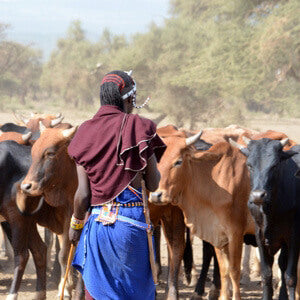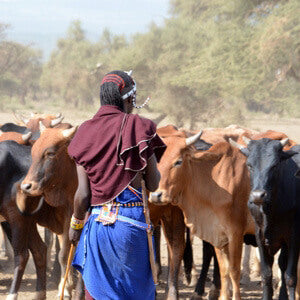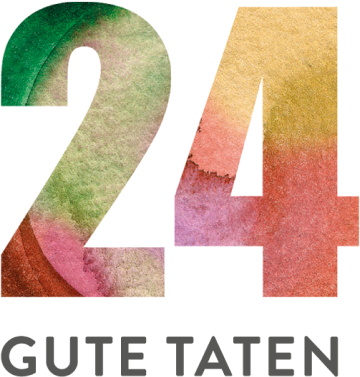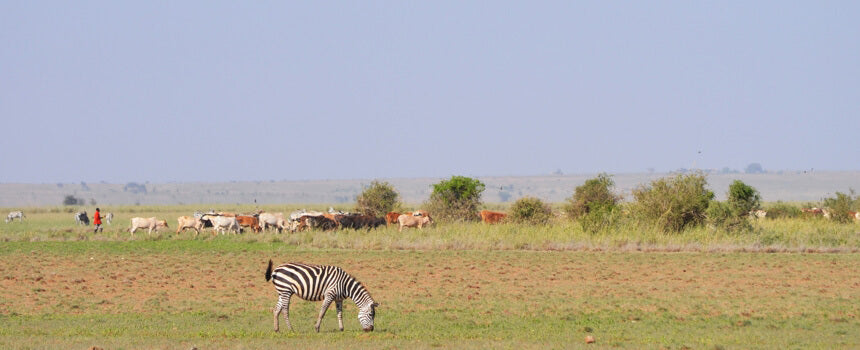
Grassland for Maasai cattle in southern Kenya

need
Grass banks and hay supplies for Maasai cattle in times of drought.
activity
Local NGO supplies Maasai communities with seeds, advises them on the selection of areas and trains them in cultivation, harvesting and management of grass banks.
Measurable performance
Number of hectares of land reseeded and sustainably protected for grass banks.
Result
Creation of emergency reserves of animal feed for periods of drought to reduce herd mortality.
Systemically relevant impact
Improved survival chances of the herds through the creation of feed reserves and increased food security for the Maasai.
background


The good deed
AboutKenya
Nairobi
Capital city
46 790 758
Population
2.961
Gross domestic product
per capita per year
142
Human Development Index
(Human Development Index)


